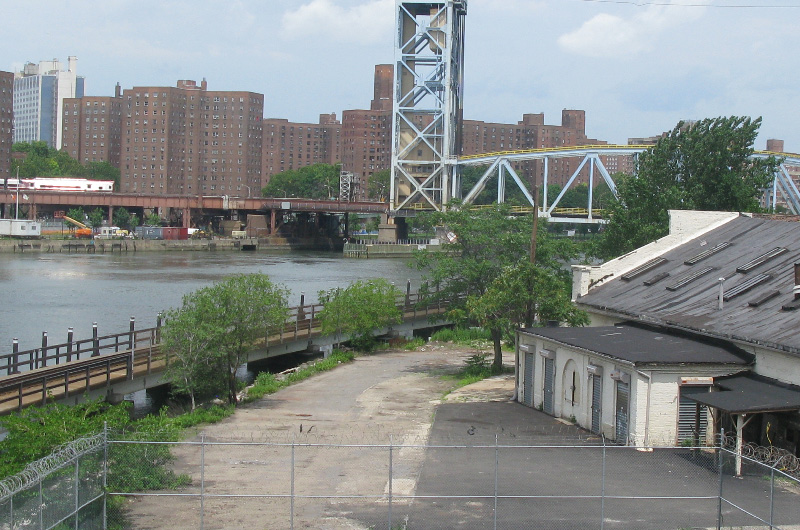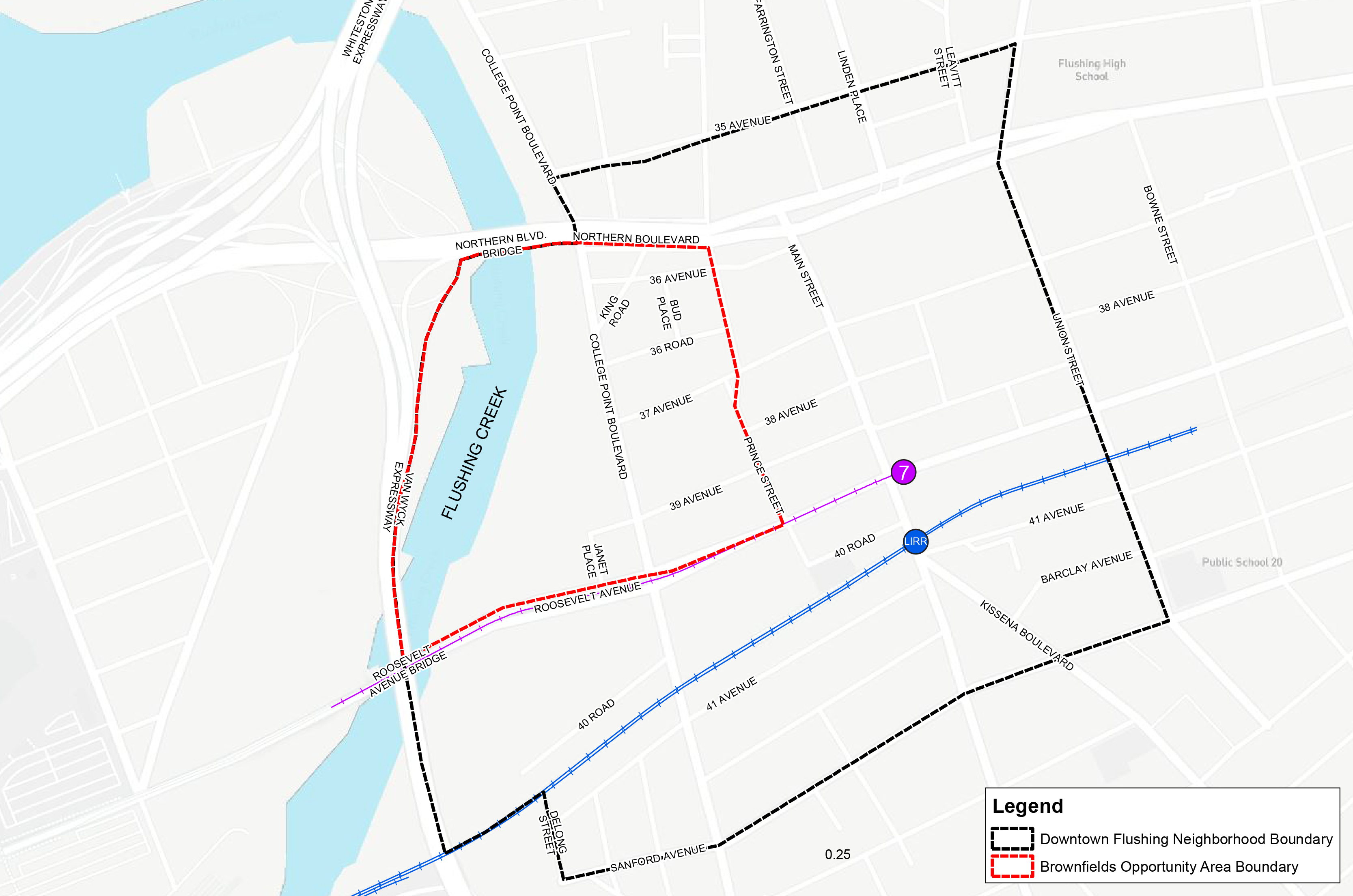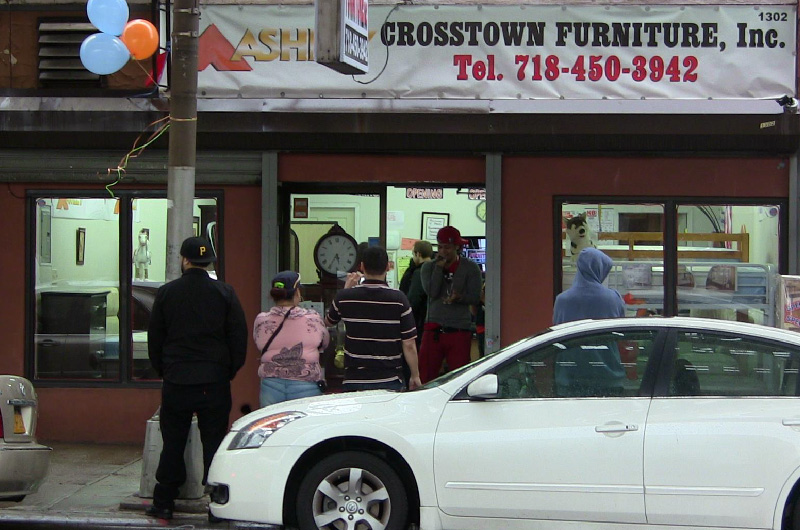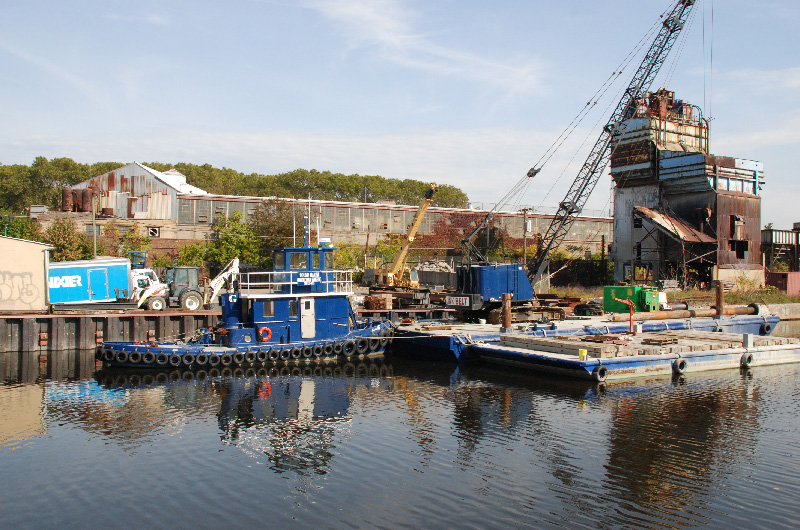
 OER Community311
OER Community311 Search all NYC.gov websites
Search all NYC.gov websites
Leverage Existing Relationships
Click a topic, or press the enter key on a topic, to reveal its answer.
Leveraging Relationships
One of a community based organization’s (CBO) strongest assets is its network and relationships within the local community. When reaching out to property owners of strategic properties, a CBO should use its existing relationships to obtain an introduction. One of the most effective outreach strategies is the door-to-door approach. A personal visit is the ideal way to make a connection, introduce the organization, explain interests and goals, show consideration of the property owner’s interests, and build a relationship. Established CBOs oftentimes have long-standing relationships with local businesses or property owners who may be clients, participants in the organization’s programming or serve as board members. A community organization’s existing network can yield contacts who can introduce the organization to property owners of important development sites.
Related Case Study
Building Networks Through a Local Business Association
For CBOs who do not know local property owners, building a relationship with a local business association is an effective way to expand its network and promote its vision for reuse of vacant land.
- The first step is to meet with the association’s executive director to introduce the organization, its goals and vision for the neighborhood.
- Once a relationship is forged, the CBO should participate in association meetings and networking events and seek introductions to business and property owners.
- Once a relationship with property owners is built, the CBO should seek opportunities to engage landowners on a regular basis. One effective way is to invite them to join an advisory committee made up of community members, government agency representatives and other property owners whose function is to provide feedback on the organization’s redevelopment plans. The CBO can ask also advisory committee members to reach out to their contacts and advance the organization’s community revitalization goals.
Outreach in the early stages of community planning is best conducted by the CBO rather than handed over to outside consultants. CBOs are true community representatives with on-the-ground understanding of the community, of local needs, and the local vision, that maintain a long-term presence in the area. Early on, outreach performed by an outside consultant should be reserved for cases where the CBO has been unsuccessful in reaching a property owner. Consultants, such as brokers, may be a more appropriate choice in later stages when outreach becomes focused on land transactions. Another option is to enlist OER’s Real Estate Advisory Service which can dispatch community-based real estate development specialists to identify property owners and work with CBOs for effective meetings with them.
For many property owners, meeting in person is a matter of convenience. Business owners often manage all aspects of their day-to-day operations and lack the time to participate in meetings beyond immediate business issues. Meeting property and business owners in person is often the best way to get their attention and obtain essential information.
Related Case Study
Enlist many property owners in a targeted area
A more subtle recommendation related to engaging property owners is to visit as many as possible, even though they are not all owners of strategic development sites. Property owners resist being “singled out,” and respond more positively when informed that they are part of a broader initiative that seeks to work with all property owners to maximize the potential of the area. A good strategy is to visit all owners in the target area and emphasize the goal of area-wide improvement; this connotes that individual properties are part of something larger. Make sure the owner understands that community development and planning goals are for the mutual benefit of all stakeholders in the area and that broad cooperation is necessary to achieve results. An owner should realize that improving his or her property value is, in large part, contingent upon improvements in vacant land usage within the surrounding area and that revitalization efforts can greatly increase his/her bottom line.






